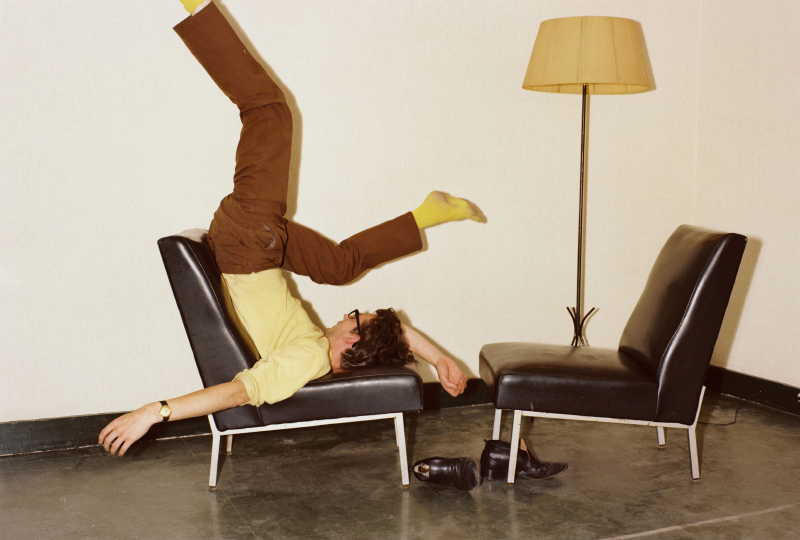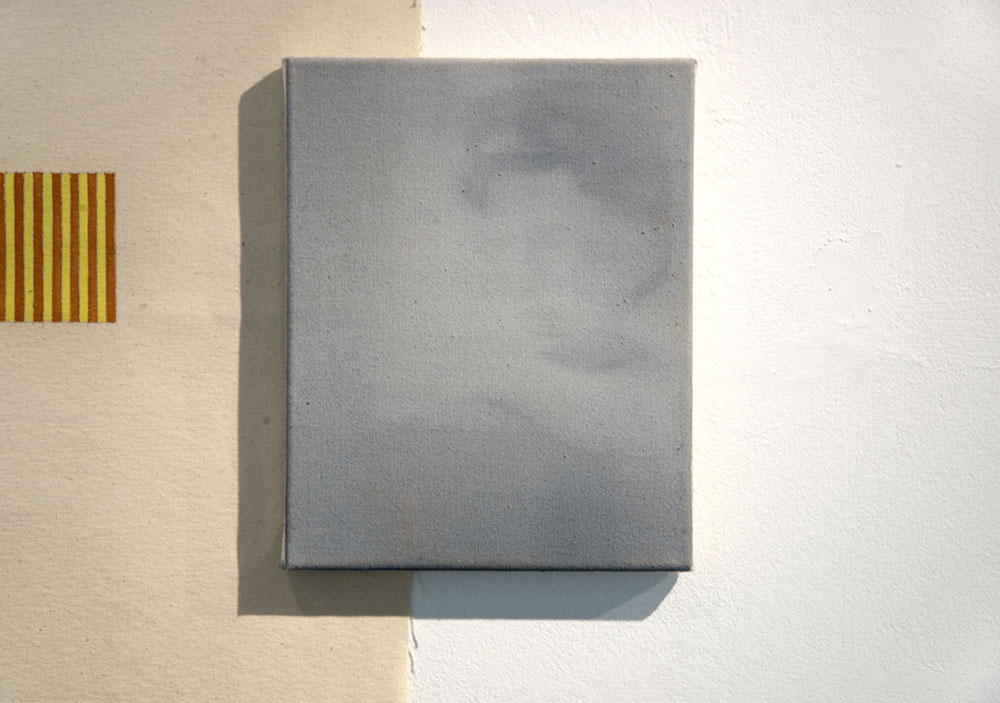By way of a welcome back from the Winter Break, a link to some interesting reading: Yiğit Soncul (recent PhD alumnus; now Associate Lecturer at UAL) and Jussi Parikka (Professor in Technological Culture & Aesthetics at WSA) on the significance of the mask. The essay is published in issue 66, “State of Emergency”, of Neural, of which WSA’s Alessandro Ludovico is the chief editor. It can also be read here.
EXPERIMENTAL ZONE 1: Re-Thinking Methodologies at Intersections of the Arts and the Humanities
EXPERIMENTAL ZONE 1: Re-thinking Methodologies at Intersections of the Arts and the Humanities is the first of a series of planned events organised by a group of scholars and artists at Linköping University (Linköping, Sweden) under the tentative and temporary heading: Bureau for Alternative Methodologies (BAM). The following report on the event was kindly provided by Ana Čavić, a current WSA PhD candidate.
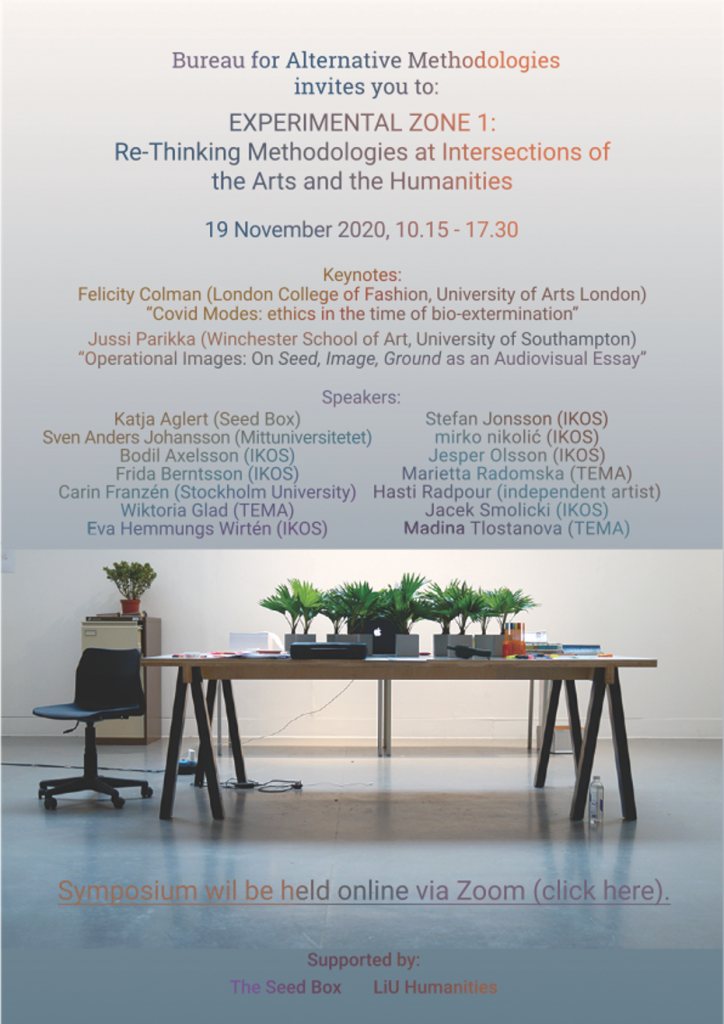
The Lockdown Larder Cookbook Challenge
One thing the pandemic revealed was the strong sense of community amongst WSA’s staff and PGRs. Below, Noriko Suzuki-Basco (then a PhD candidate and now an alumna) reflects on her Covid-19 project with Lesia Tkacz (currently a PhD candidate), The Lockdown Larder Cookbook Challenge.

Boundary2 Special Issue: Frictionless Sovereignty
Boundary2’s online journal recently published a special issue, edited by WSA’s Ryan Bishop, on “Frictionless Sovereignty”. The special issue can be accessed from the journal’s website. Here, Ryan talks about the collaborations and research interests from which the special issue grew.
Continue reading “Boundary2 Special Issue: Frictionless Sovereignty”
Online Event: Liminoid Encounters

Berit Fischer (http://www.beritfischer.org), a recent WSA PhD graduate, is curating an exciting three-day live online event (10-12 Dec 2020), Liminal Encounters. Details are below; registration and full details of the programme are at this link.
Rules that order the reading of clouds

Ana Čavić, currently a WSA PhD student, below discusses her artwork, ‘Rules that order the reading of clouds’, exhibited by the Intermission Museum of Art.
New Book: Technocrats of the Imagination
John Beck & Ryan Bishop Technocrats of the Imagination, recently published by Duke University Press, is about a particularly striking form of interdisciplinarity: the Cold War cooperation between the military-industrial complex and avant-garde art. Below, Ryan shares some of the background related to how he came to co-author the book, the experience of writing the book and the continued necessity of understanding the Cold War.
Nothing to See Here: A (Visual) Culture of Exchange
The right to look is not about seeing. It begins at a personal level with the look into someone else’s eyes to express friendship, solidarity, or love. That look must be mutual, each person inventing the other, or it fails … It is the claim to a subjectivity that has the autonomy to arrange the relations of the visible and the sayable. The right to look confronts the police who say to us, ‘Move on, there’s nothing to see here.’ Only there is, and we know it and so do they.1
Absurdity, Absurdity, and Absurdity
Dave Ball, currently pursuing a practice-based PhD at Winchester School of Art, presented ‘Absurdity, Absurdity, and Absurdity‘ as part of Conversas series at Schillerpalais, Berlin, 29 Nov 2017. The following are his reflections on the event.
Conversas is a regular series of thematically diverse talks held with the aim of creating discussion and dialogue, where audience members are encouraged to interrupt and ask questions, and presenters are warned against preparing “too tightly”. I decided, therefore, not to give a conventionally coherent presentation of my work or my PhD research, but instead treat the event as a public testing-ground for some of the more speculative elements emerging out of my research into absurdity.
The plan was to present a series of examples of what I’d identified as eight variants of absurdity observable in works of contemporary art. Since those categorisations were, to a degree, based on my own intuitive assertions about what would or wouldn’t constitute “absurdity”, I was very keen to test them out publicly.
The talk began with a short screening of one of my own video works, which was greeted appreciatively, followed by a brief introduction to my research. As soon as the presentation turned to the work of other artists, however, the atmosphere in the room became unexpectedly heated. In fact, the very first slide shown (a photo by Thomas Ruff of a man inelegantly attempting a handstand on a leather chair, legs flailing in the air) received an immediate rebuttal that “Why shouldn’t we do handstands on chairs? Why is that absurd? That’s so conservative!”
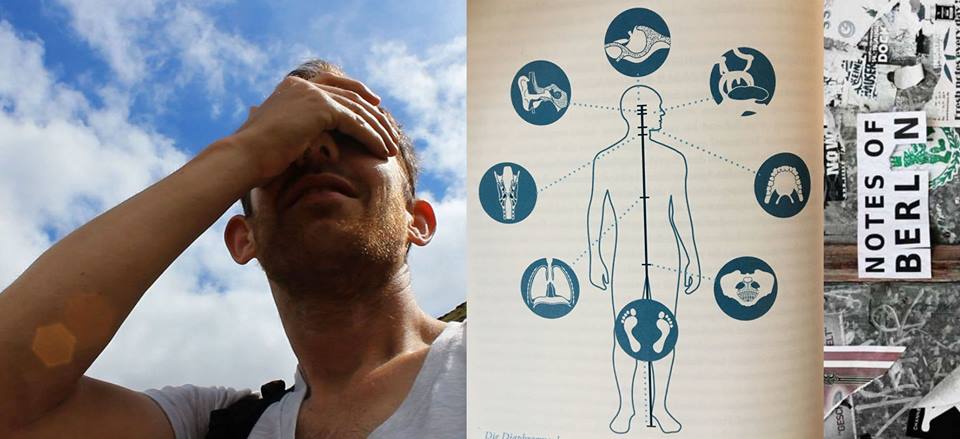
In fact, almost every slide I showed initiated some tirade or other on what various audience members seemed to consider an affront to their intelligence, their outlook on life, or at least their conception of art. My gentle conceptual enquiry into whether or not the works could be considered absurd was frequently met with an impassioned and resounding “no!” Whist some of these protestations could easily be dealt with through reasoned argumentation or clarification of concepts, others unearthed genuinely fertile grounds for further investigation. But what took me completely by surprise was the level of passion, conviction, and emotion with which the audience responded to the topic. Absurdity, as was repeatedly made clear, really matters – and not just to this particular PhD researcher…
Pictorial Address and Seriality in Art
Jason Kass recenlty completed his PhD at Winchester School of Art. The title of his thesis is ‘Cognitive Aspects of Pictorial Address and Seriality in Art: A Practice-led Investigation’. In this post he offers an overview of the nature and scope of his research.
My doctoral research explored the perceptual and cognitive processes that underlie spectatorship of pictorial artworks and incorporated insights into the production of new works of art. The fundamental premise of my research was that artworks exist as part of the visual world and are subject to the same visual processes as ordinary scenes and objects. Applying existing empirical findings from cognitive psychology to spectatorship of works of art allows for a more complete understanding of pictorial address.
Using theories and methods from psychology to understand the experience of artworks is not in itself novel. The field of empirical aesthetics boasts a wide literature comprising experiments around aesthetic preference and art appreciation. My research differs based on my position as a visual artist rather than a scientist and my emphasis on relating psychological findings to existing art theory and art historical narratives. The incorporation of practice-based research in the form of producing new works of art (Fig. 2) also brings a different perspective to an established yet often divisive discipline.
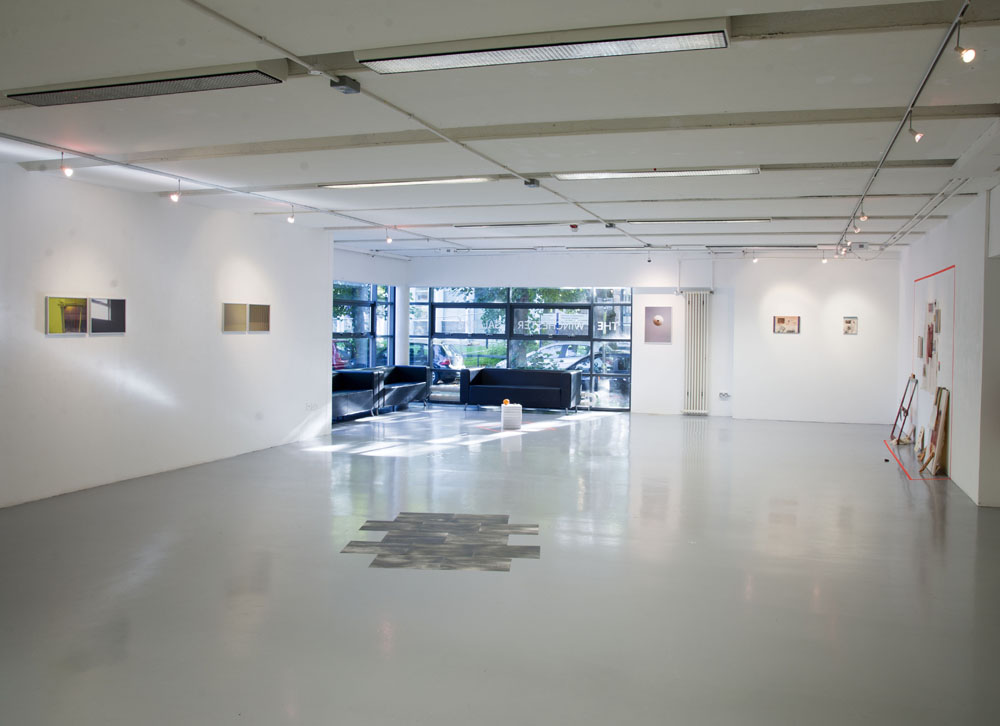
Within the thesis, I focused on seriality as an aesthetic strategy and the mode of address offered by serial works of art. Serial artworks have previously been theorised, in particular by Coplans (1968), who established a distinction between serial artworks that comprise multiple discrete but related instances and pictures produced along the masterpiece model. Fer (2004) has said about seriality, “It brings with it a whole set of assumptions about the nature of aesthetic experience as direct and spontaneous” (p.4).
My research sought to reveal the direct impact of seriality on the experience of the viewer by way of cognitive and perceptual processes. In the first instance I considered Monet’s painted series of the Rouen Cathedral. A proto-serial artwork, Monet understood the importance of exhibiting the nearly thirty paintings depicting different light and weather conditions being exhibited together.
I consulted theories of concept formation and face recognition that speak to the ability to form a stable mental concept from a set of varied instances: a feature essential to navigating a complex visual world. Findings within the study of face recognition indicate that the process may involve retaining invariant information across instances while eliminating extraneous superficial details; a process akin to averaging (Young & Bruce, 2011).
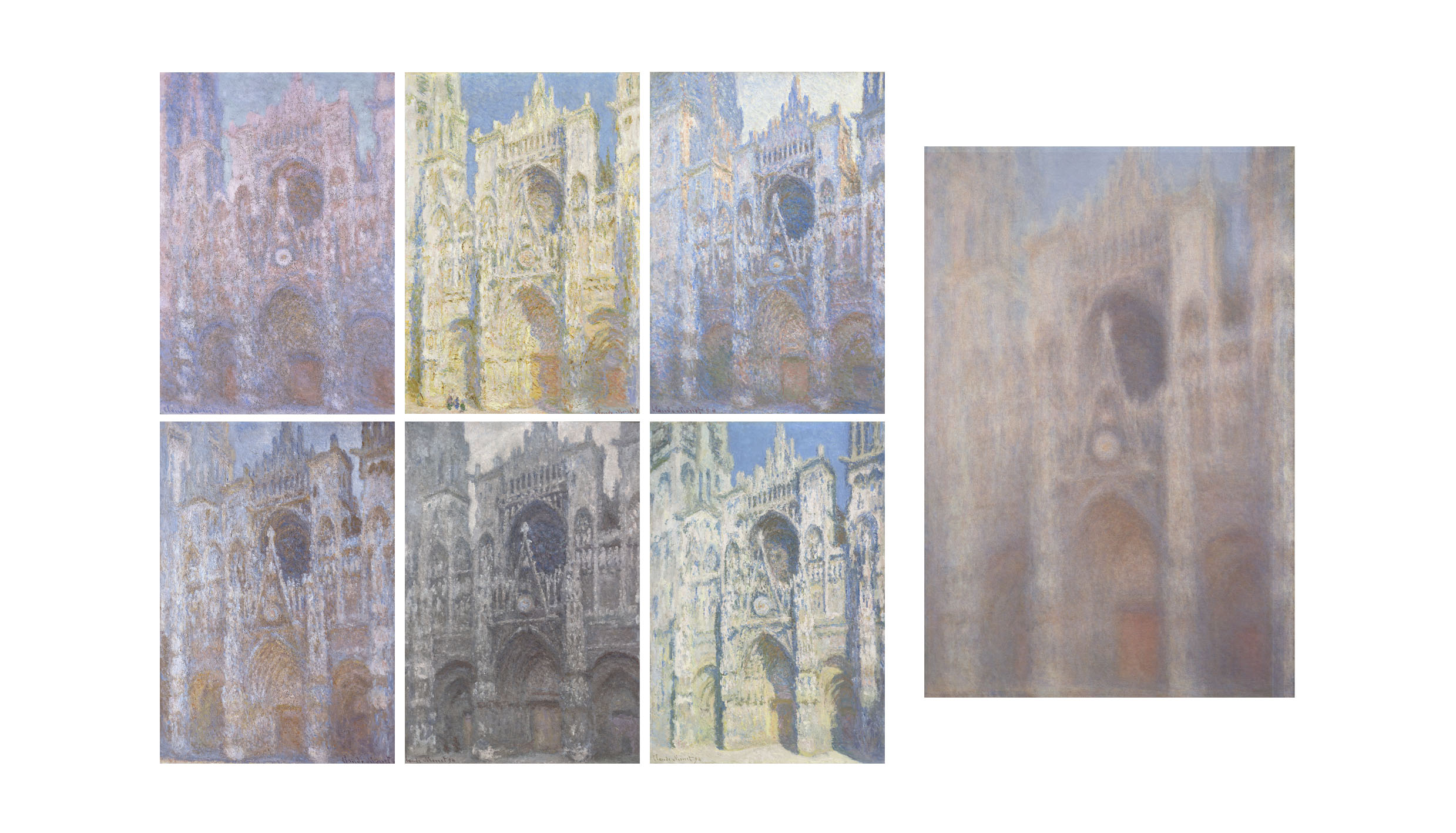
Applying this same premise to Monet’s cathedrals it is possible to infer that the variation in colour and luminosity across the paintings prompts the viewer to form a stable mental concept that lasts long after the in situ viewing (Fig. 2). With regard to art historical narratives, this implies that Monet’s series are as much conceptual as they are perceptual in nature, which runs counter to Duchamp’s well-known exclamation of Impressionist artworks as purely retinal in nature (Krauss, 1990; de Duve, 1996). I explored these findings through photography, drawing and found images (Fig. 3).
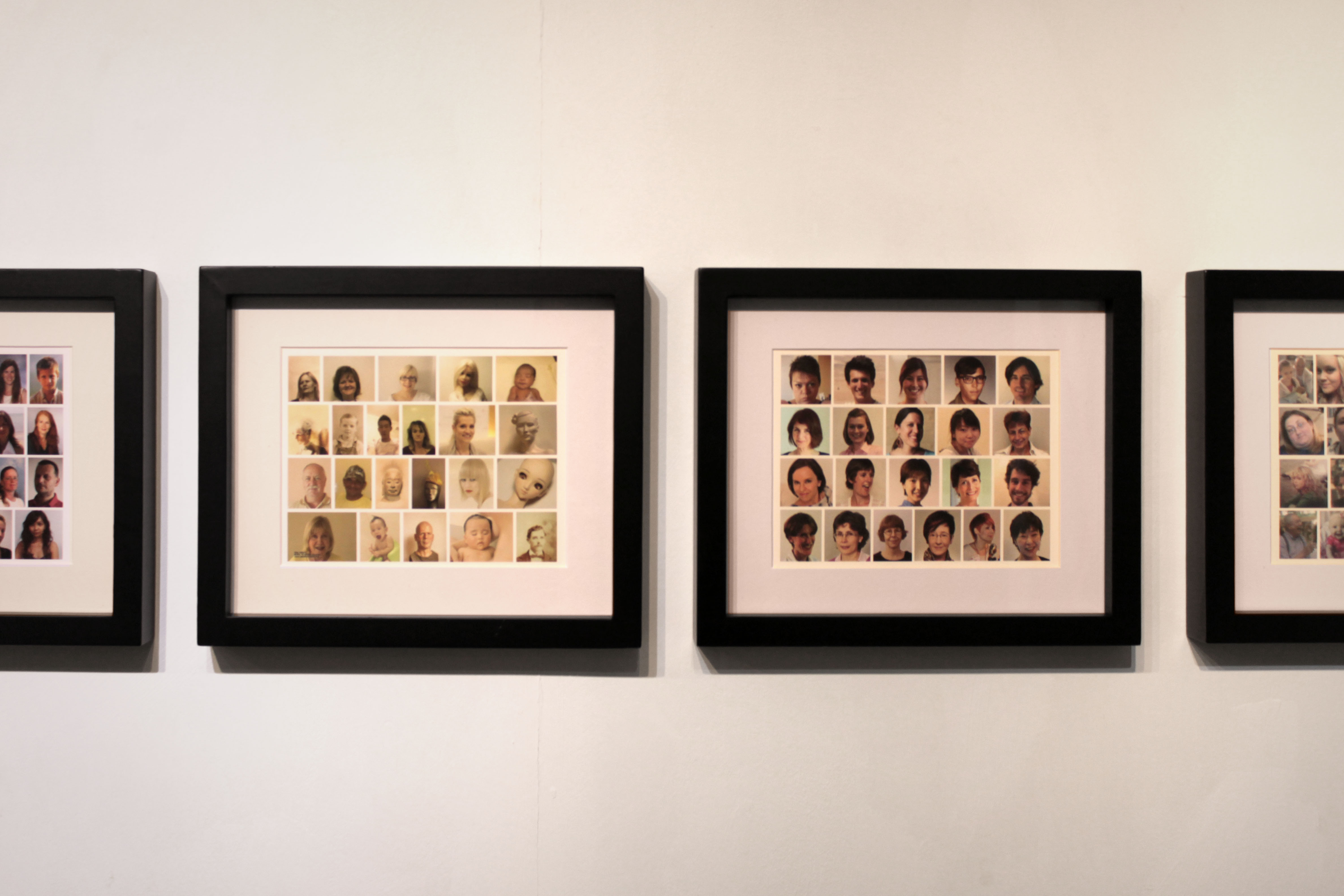
The second case study examined Warhol’s use of serial repetition in works from his Death and Disaster series that repeat a gruesome image multiple times across a single canvas. Warhol said, “when you see a gruesome picture over and over again it doesn’t really have any effect” (quoted in Goldsmith, 2004, p.19). He presumed that repeated exposure to an distressing image results in a ‘deactivating’ of the negative affect.
Employing existing psychological findings regarding repeated exposure (Zajonc, 1968) it is possible to infer that viewing artworks from the series ultimately leads to an increase in negative affect for the viewer, despite an initial increase in positive affect as a result of repetition. This is due to increased access to the negative semantic content, also a result of repeated exposure (Reber et al., 2004). Related ideas were explored through practice-based research responding to Hunter’s (1973) ”aesthetics of boredom” (Fig. 4).
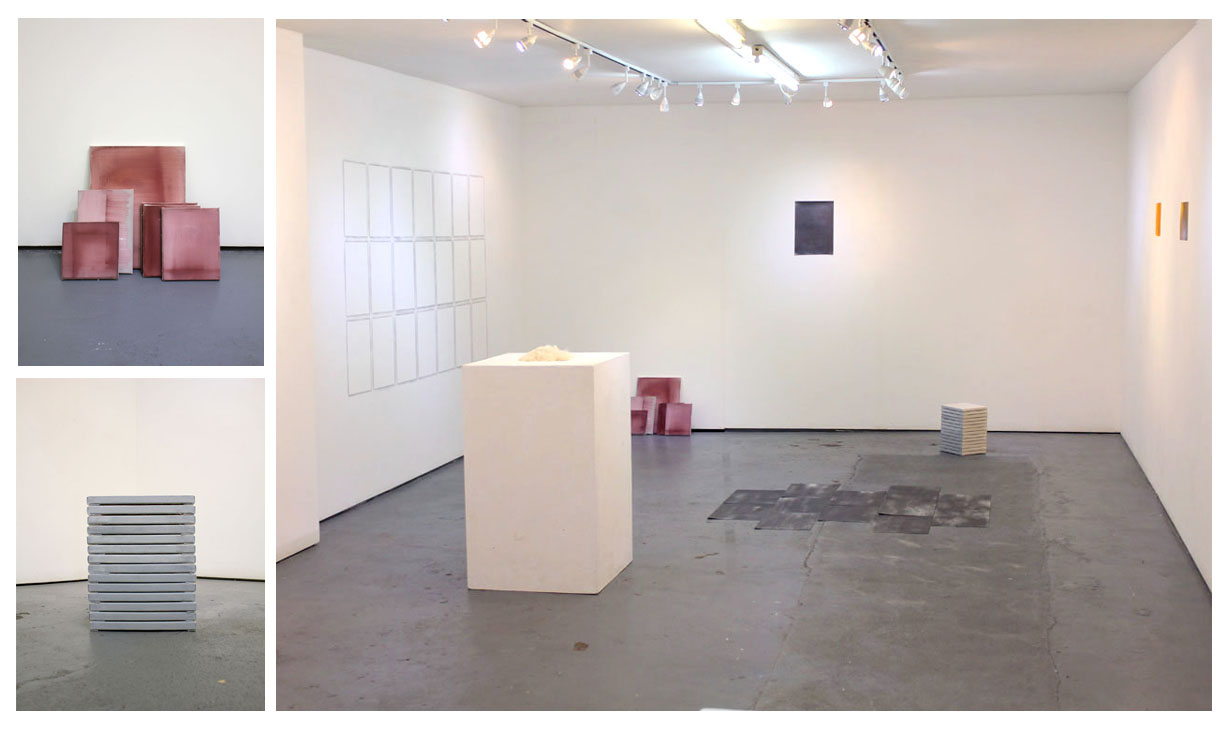
Through future research I hope to build on my dissertation as a model for the exchange of ideas between experimental psychology, art theory and art practice. Although within the dissertation I did not conduct original empirical research I believe there is scope to expand on the theoretical frameworks that I developed through experimentation. I am also keen to further disseminate my findings through practice-based research resulting in creative outcomes that can be publically exhibited.
List of References
Barthes, R. (1981). Camera lucida: Reflections on photography. New York: Farrar, Straus, and Giroux.
Coplans, J. (1968). Serial imagery. Pasadena: Pasadena Art Museum.
De Duve, T. (1996). Resonances of Duchamps Visit to Munich. In R. Kuenzli & F.M. Naumann, Marcel Duchamp: Artist of the Century. Cambridge and London: The MIT Press.
Fer, B. (2004). The infinite line: Re-making art after Modernism. Hartford: Yale University Press.
Goldsmith, K. (2004). I’ll be your mirror: The selected Andy Warhol interviews 1962-1987. New York: Caroll & Graf Publishers.
Hunter, S. (1973). The Aesthetics of Boredom. In S. Hunter and J. Jacobus eds. American Art of the 20th Century: Painting, Sculpture, Architecture. New York: Simon and Schuster.
Krauss, R.E. (1990). The story of the eye. New Literary History, 21(2), 283-298.
Reber, R., Schwarz, N. & Winkielman, P. (2004) Processing fluency and aesthetic pleasure: is beauty in the perceiver’s processing experience? Personality and Social Psychology Review, 8(4), 364–82.
Sagner-Duchting, K. (2002). Monet and Modernism. Munich and London: Prestel.
Young, A. W., & Bruce, V. (2011). Understanding person perception. British Journal of Psychology, 102, 959–74.
Zajonc, R. B. (1968). Attitudinal effects of mere exposure. Journal of Personality and Social Psychology, 9(2), 1–27.


